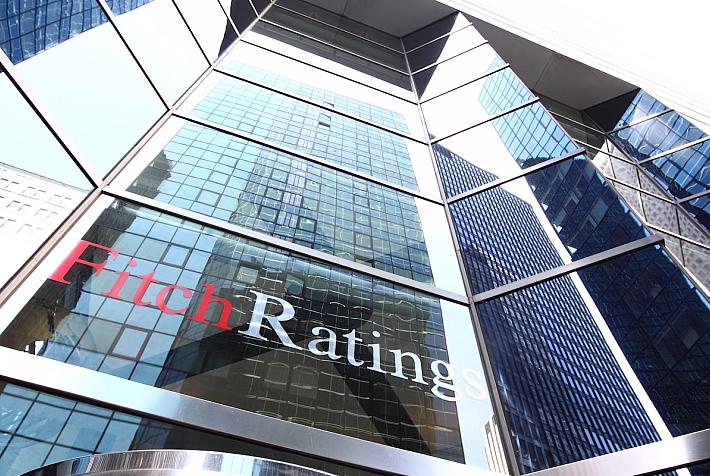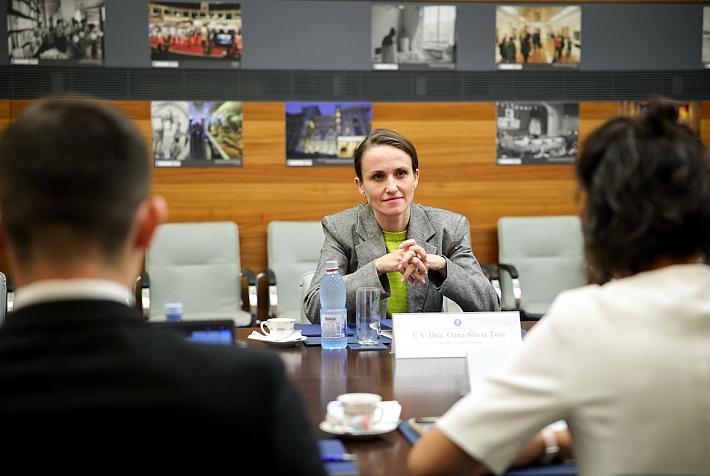(P) Green certificates in Romania: An excess should not be a matter of concern


We are approaching at a fast pace towards the end of 2012, the first time when the renewables support scheme has been applied for an entire year in the updated form approved by the European Commission. The support scheme is regulated by Law No. 220/2008 and, starting with November 2011, it has been subject to an important amendment, providing that producers of electricity from renewable energy sources (RES) should be entitled to receive for each MWh generated and fed into the grid a different number of green certificates (GC), depending on the type of RES harvested.
By Florin Dobre, Senior Associate, Pachiu & Associates | www.pachiu.com
The new support scheme has triggered an immense interest from the investors willing to take advantage of this opportunity. Whereas wind power has been confirmed as their favourite choice, with more than 1600 MW commissioned1, the newcomer - solar power - seems to be the current “big thing” on the Romanian renewable energy market.
Leaving aside the general issues in the sectors, such as those related to the limited capacity of the grid, the negative perspective regarding the establishment of new electricity consumption units that can sustain the RES electricity boom in the long term or the overcompensation issue, we will focus on a specific possible problem frequently brought up by investors: the perspective of an excess of GC.
The GC excess may be presented as the situation in which more GC would be available on the market than the number of certificates the electricity suppliers are obliged to purchase. The reasons which can determine an excess of GC are the exponential development of renewable energy projects, the issuance of an increased number of GC and the fact that these certificates are only valid for a period of 16 months.
In order to determine whether the GC excess is an imminent risk that may jeopardize the Romanian renewable market, we have to take a closer look at the two factors that influence the applicable mechanism: the GC quota and the maximum amount of renewable energy that may be sustained by the support scheme.
The GC quota is determined by the division of the total number of certificates issued and the total consumption of electricity registered yearly. Considering the data published by the Romanian Power Market Operator (OPCOM), during the first 10 months of 2012, there were 4.2 million GC issued, and based on the estimations of the National Authority for Energy Regulation (ANRE), by the end of 2012, the number will increase to about 6 million of GC.
In order to understand the evolution of these numbers, we may take into consideration that in 2011 only 1.7 million GC were issued. As a result of this high number, in 2011, the electricity suppliers were obliged to purchase one GC for every 27 MWh supplied to end consumers, whereas in 2012, the electricity suppliers had to purchase one GC for every 8 MWh supplied to final consumers. Therefore, irrespective of the number of GC to be issued in the following years, the GC quota will be automatically adjusted and, consequently, no GC excess would occur in this respect.
However, the maximum amount of RES electricity that can be sustained by the support scheme, as such is regulated by Law No. 220/2008, might affect the applicability of the scheme and thus create the circumstances for a possible GC excess. Therefore, such a situation could occur in the scenario when the maximum amount of RES electricity that is sustained by the GC scheme, is exceeded, as ANRE may no longer oblige the electricity supplier to purchase such certificates, which will lead to an excess of GC on the market.
The maximum amount of RES electricity to be sustained by the GC scheme is computed as a percentage of the yearly electricity consumption. Furthermore, in 2011, the amount of RES electricity that could have been sustained by the GC scheme was at the level of 10%. However, last year, the total RES electricity generated and sustained by the GC scheme barely exceeded 3% of the gross electricity consumption.
In order to ascertain whether the maximum amount of RES electricity may be surpassed in the following 2 years, we will assume that the electricity consumption will remain constant at a value of 47 million MWh and that the quantity of RES electricity sustained by the GC scheme will register an annual increase of 50%, reaching 5.4 million MWh in 2014. Even in this far-fetched scenario, the amount of RES electricity sustained by the GC scheme will not exceed the maximum limit provided in 2014, namely 15%, and subsequently there will be no excess of GC.
Last but not least, we have to take into account the limited capacity of the grid for accommodating all such additional RES electricity, which means that any estimation higher than the one mentioned above is not realistic.
In conclusion, in absence of a substantial upgrade of the grid, the investors will not be confronted with an excess of GC in the near future, due to the fact that the RES aggregated installed capacity needed in order to generate an excess of GC is higher than the total capacity that the grid may integrate at present. Therefore, it is our estimation that the limited capacity of the gird will “hit” the investors way before a GC excess scenario may occur.
Florin Dobre was a speaker at the “Renewable Energy Investments in Romania: Opportunities and Challenges” Conference, organized by Pachiu & Associates in Bucharest on November 1st.
Pachiu & Associates Law Firm is the exclusive Romanian member of Associates European Energy Consultants (AEEC).
(P - this article is an advertorial)











